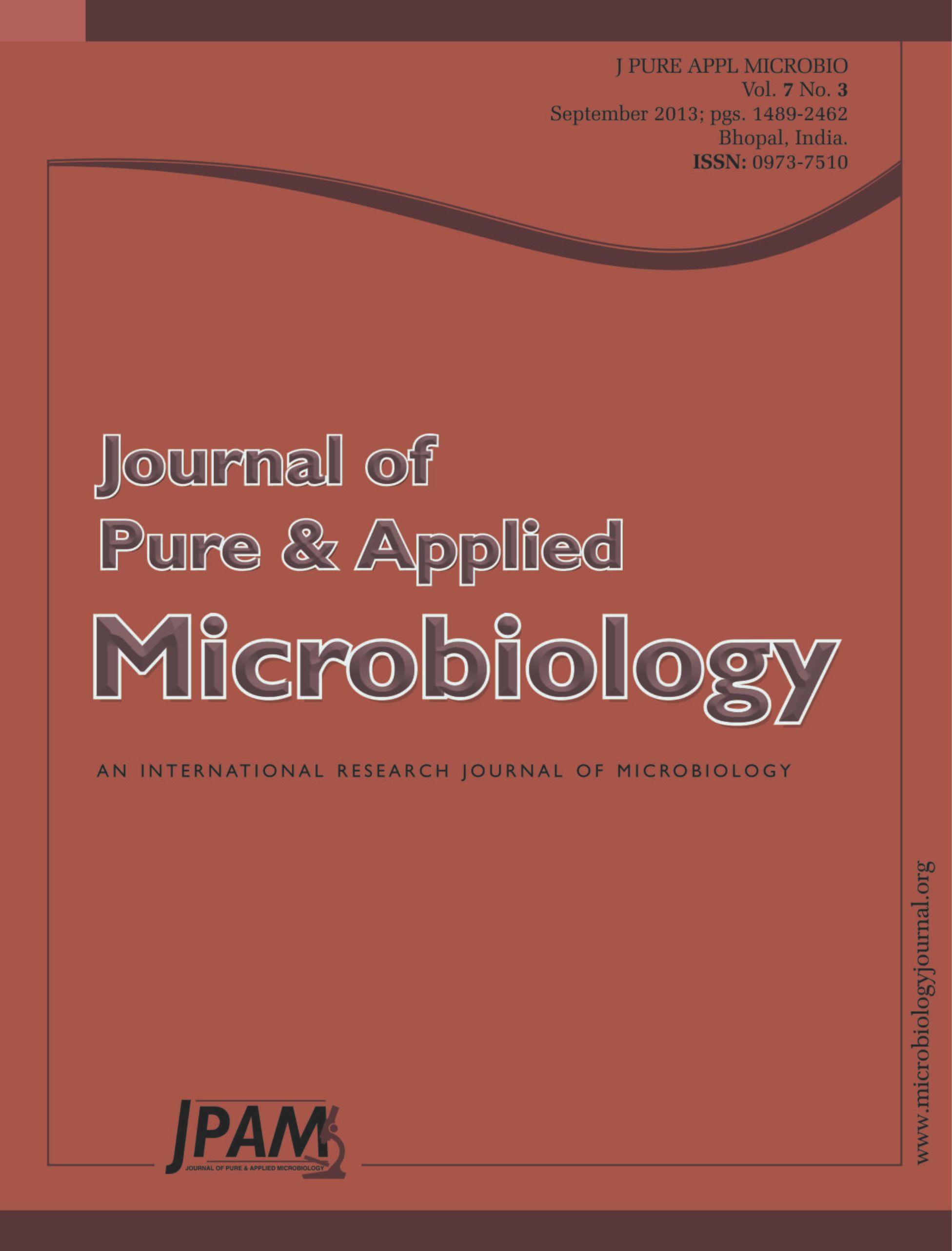Cryptosporidium, an apicomplexan protozoon, is a well-recognized cause of diarrhoea in humans and animals throughout the world. A total of 157 faecal samples were collected from asymptomatic cattle and buffalo calves of five commercial dairy farms in and around Ludhiana, Punjab to investigate the carrier status of Cryptosporidium spp infection. Overall 26.75% faecal samples were found to be positive for 834bp amplicon specific for Cryptosporidium spp. after application of nested PCR using genus specific primers directed against small subunit ribosomal RNA gene. Percentage positivity declined with increase in the age with highest (53.84%) and lowest (5.56%) prevalence values recorded in 0-30 days and 4-5 months age group, respectively. A high degree of negative correlation (r=-0.92) was recorded between percentage positivity and age groups and difference between the age related prevalence values was statistically significant (p£0.01). In terms of seasonal variation, diarrhoeic calves showed the prevalence of the cryptosporidiosis as maximum in summer (29.09%), followed by monsoon (28.07%) and winter (22.22%) and the variation was statistically significant (p£0.05). And regarding sex wise distribution, female calves showed relatively higher prevalence (22.95%) than male calves (29.17%). In conclusion, Cryptosporidium spp infection in clinically asymptomatic calves indicated a carrier status of cattle and buffalo, which may act as reservoir of infection and transmit it to neonatal calves.
Cryptosporidium spp., Nested PCR, Prevalence, asymptomatic
© The Author(s) 2014. Open Access. This article is distributed under the terms of the Creative Commons Attribution 4.0 International License which permits unrestricted use, sharing, distribution, and reproduction in any medium, provided you give appropriate credit to the original author(s) and the source, provide a link to the Creative Commons license, and indicate if changes were made.


